The World Is A Stage – Theatrical narratives in photography
February 26, 2020
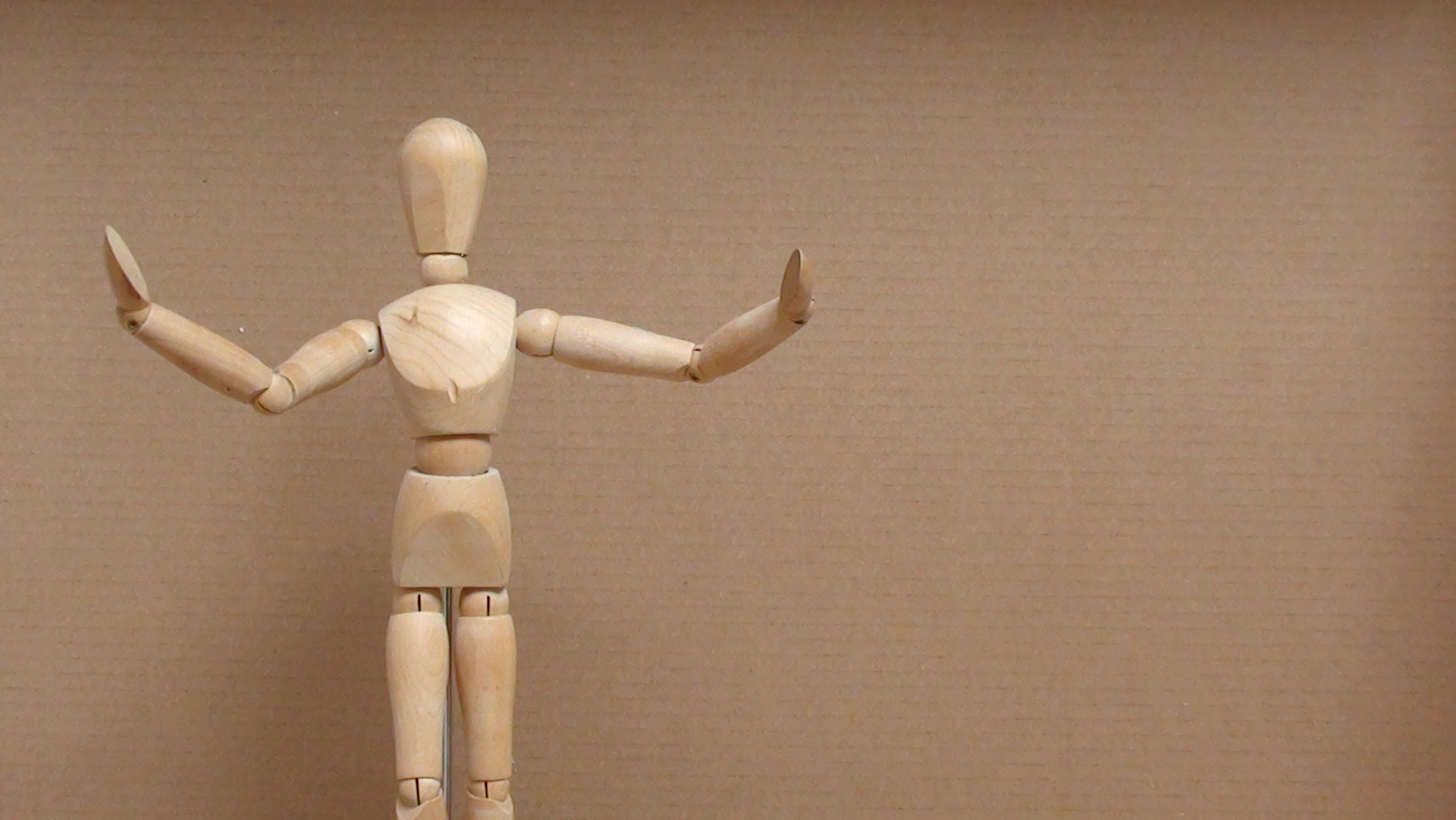
Theatrical narratives in photographs are more a technique of analysing images rather than any method of taking them. However, understanding the underlying connotations of images can enable greater planning when setting up a studio shoot or when considering how to crop and frame a scene you are looking to capture on film.
When we look at a photo, we are seeing a small snapshot of a greater event. We only see the moment of time when the shutter was pressed and we only see the view that was within the camera’s sight. Even though we may be able to piece together clues as to what may have been occurring before the shot was taken and what may have gone on to happen, all we know for sure is what we can see. Even though we can possibly guess what scenery continues out of shot, we only have the immediate view to go on.
The subjects within our rectangular view and our perception of what is behind the scenes form the plot of the theatrical narrative. These plots revolve around the relationship between 3 key elements:
1. The scene
The scene is our stage. It encompasses the square view we can see within the photograph’s edges.
2. The subject
This is the person we are looking to photograph – the actor on our stage.
3. The viewer
This is us, the audience looking on.
How these three elements interact with each other determines the narrative. In order to ensure an ample scene with which the subject can interact with, we shall crop the shot utilising the rule of thirds in order to show the space which the subject is moving into or out of.
The four areas for consideration are the subject’s relationship to the scene itself, the subject’s relationship to the viewer, the motion of the subject, and the interaction between subject and viewer.
SUBJECT'S DIRECTIONAL RELATIONSHIP TO SCENE
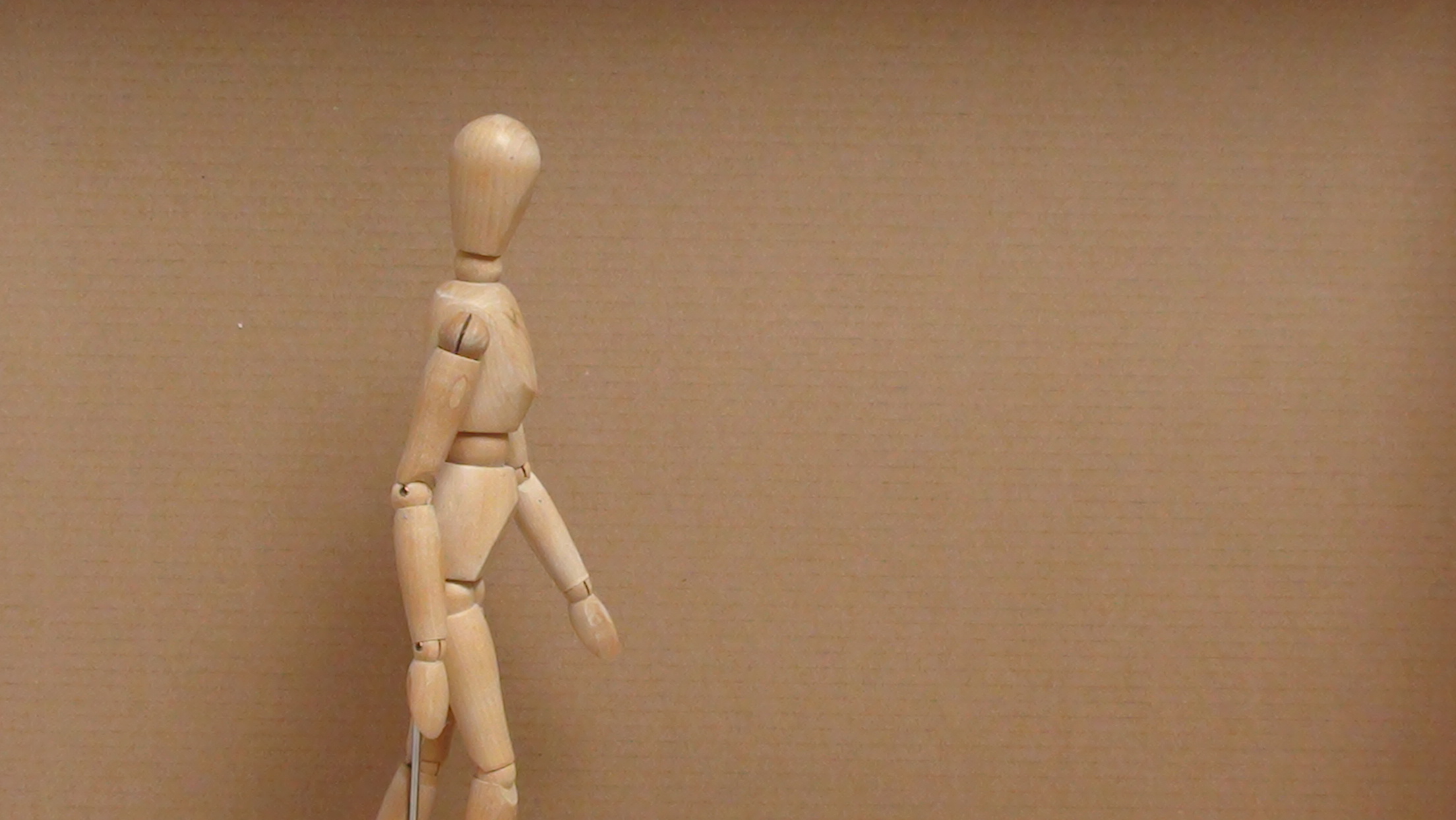
ENTERING
A subject at the side of the canvas that is angled inwards gives the suggestion of someone that has just entered the scene.
The connotation is that this person has just arrived here and the event of the photograph has yet to happen.
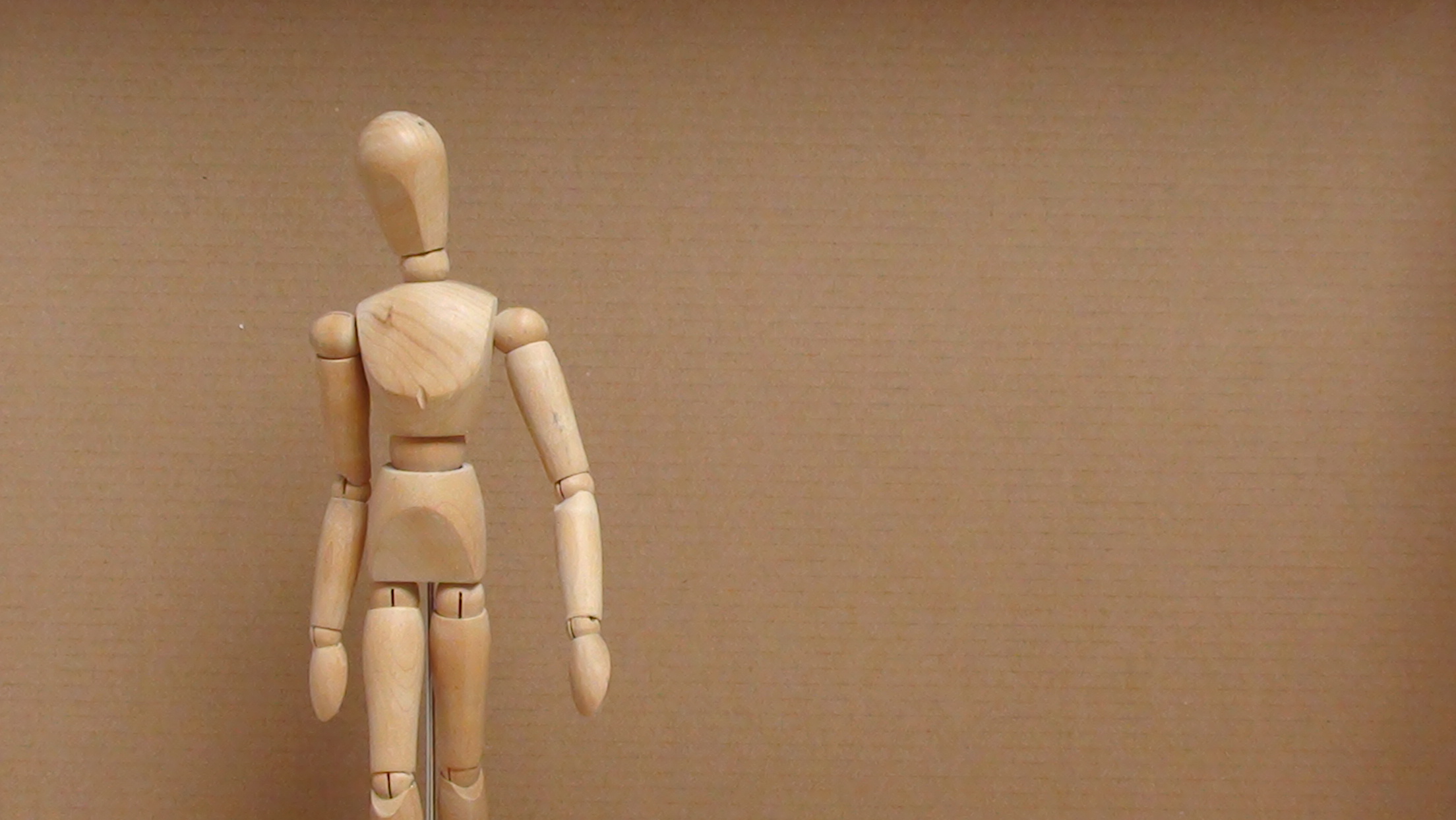
STAYING
A person facing straight towards us or directly away from us gives no indication of entering or exiting the scene. In the viewer’s eyes, they are staying.
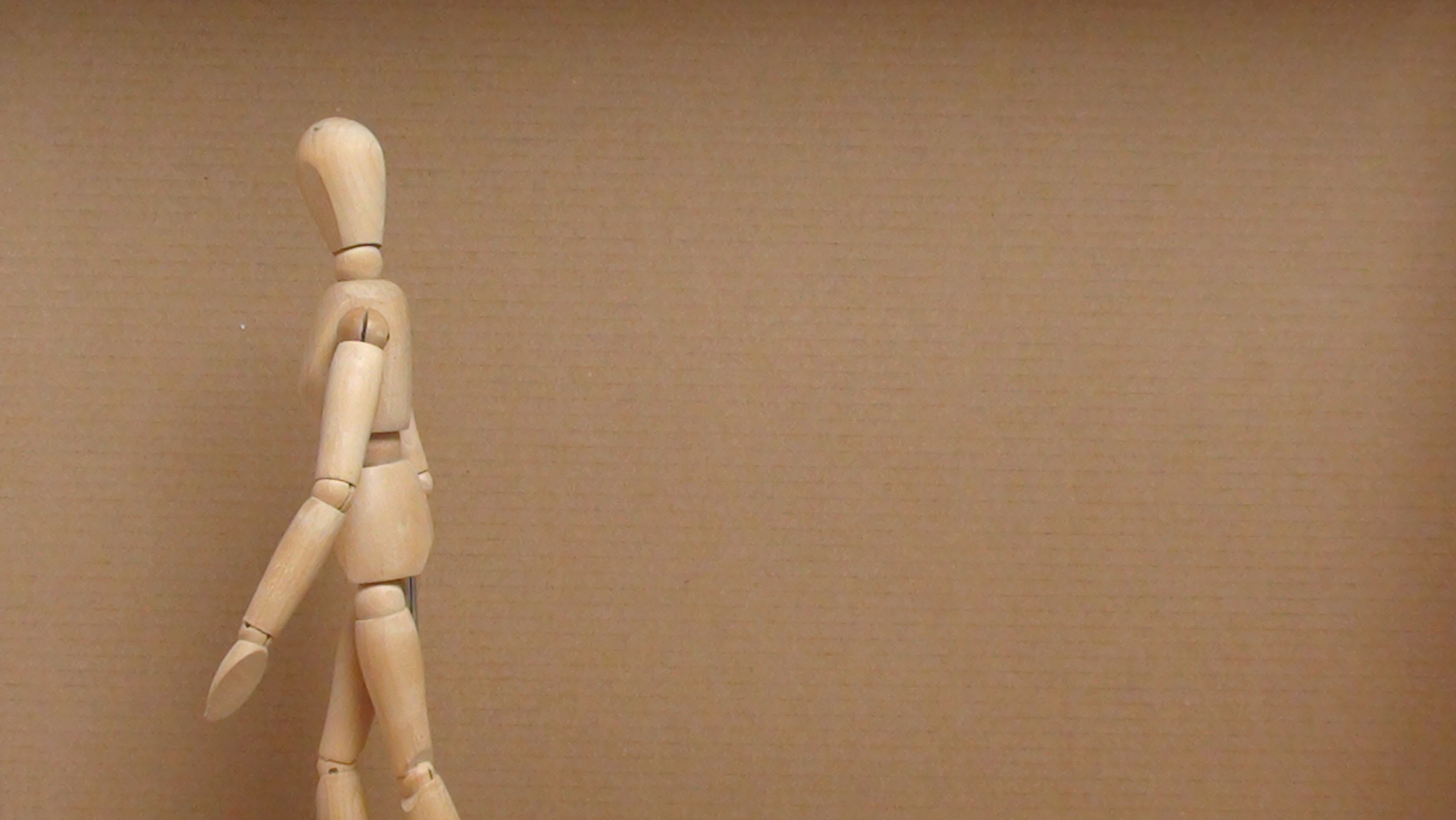
EXITING
A subject angled away from the scene gives the impression that the event of the photograph has already occurred and they are leaving.
Although their departure will obviously carry them into another scene, we cannot see it and so all the information we have is the subject’s relationship to the scene they are now departing.
SUBJECT'S DIRECTIONAL RELATIONSHIP TO VIEWER
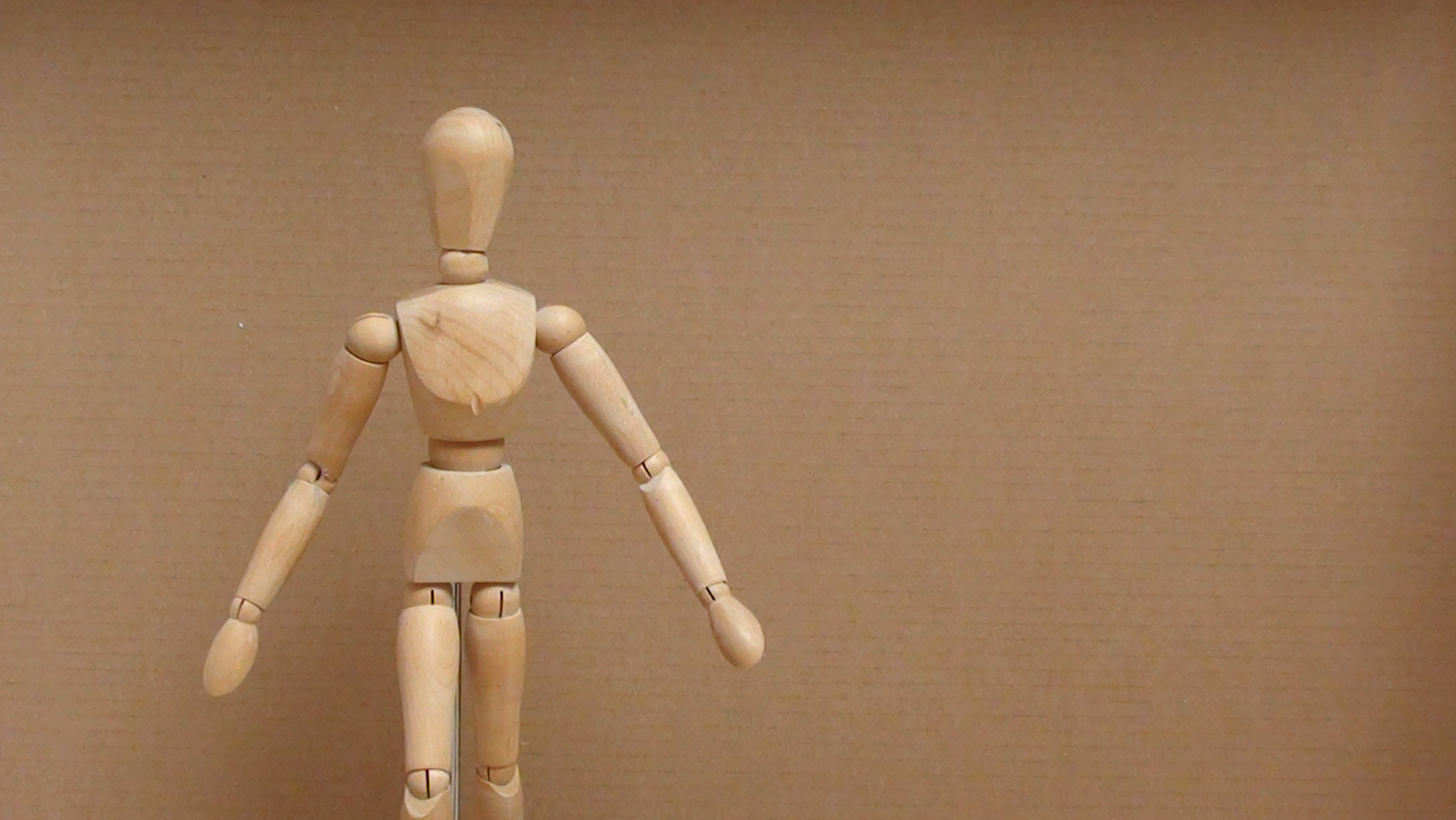
APPROACHING
A subject facing the viewer will quickly engage the viewers attention. Just as in a crowd of strangers, anyone facing you is a far more welcoming prospect to ask the time rather than tap the shoulder of someone whose attention is elsewhere.
A subject facing us leads us to assume that a greeting between subject and viewer is in progress or about to occur.
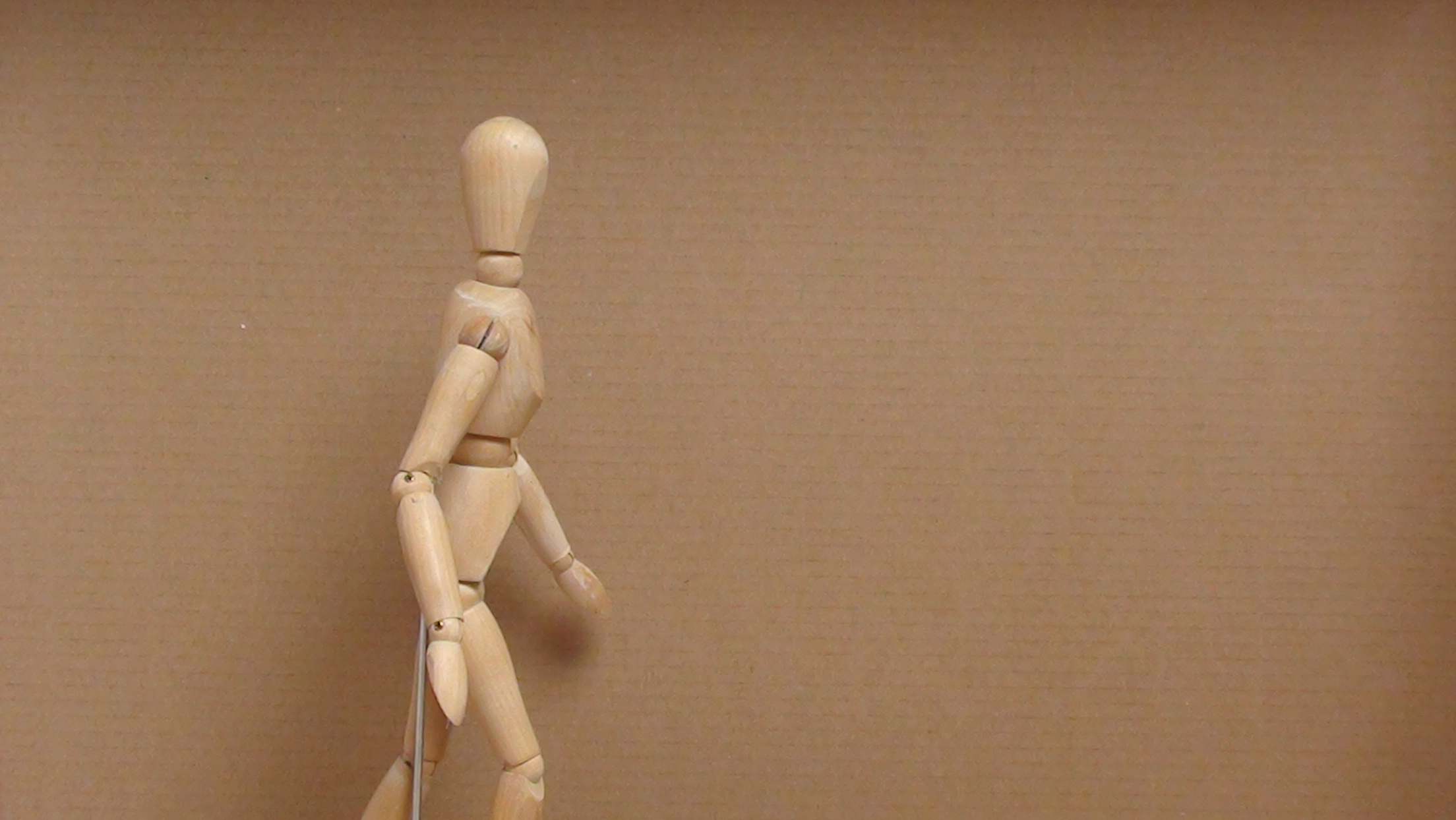
PARALLEL
A Subject at right angles to the viewer creates the feeling that the viewer is merely an incidental onlooker with no participation to play in this scene.
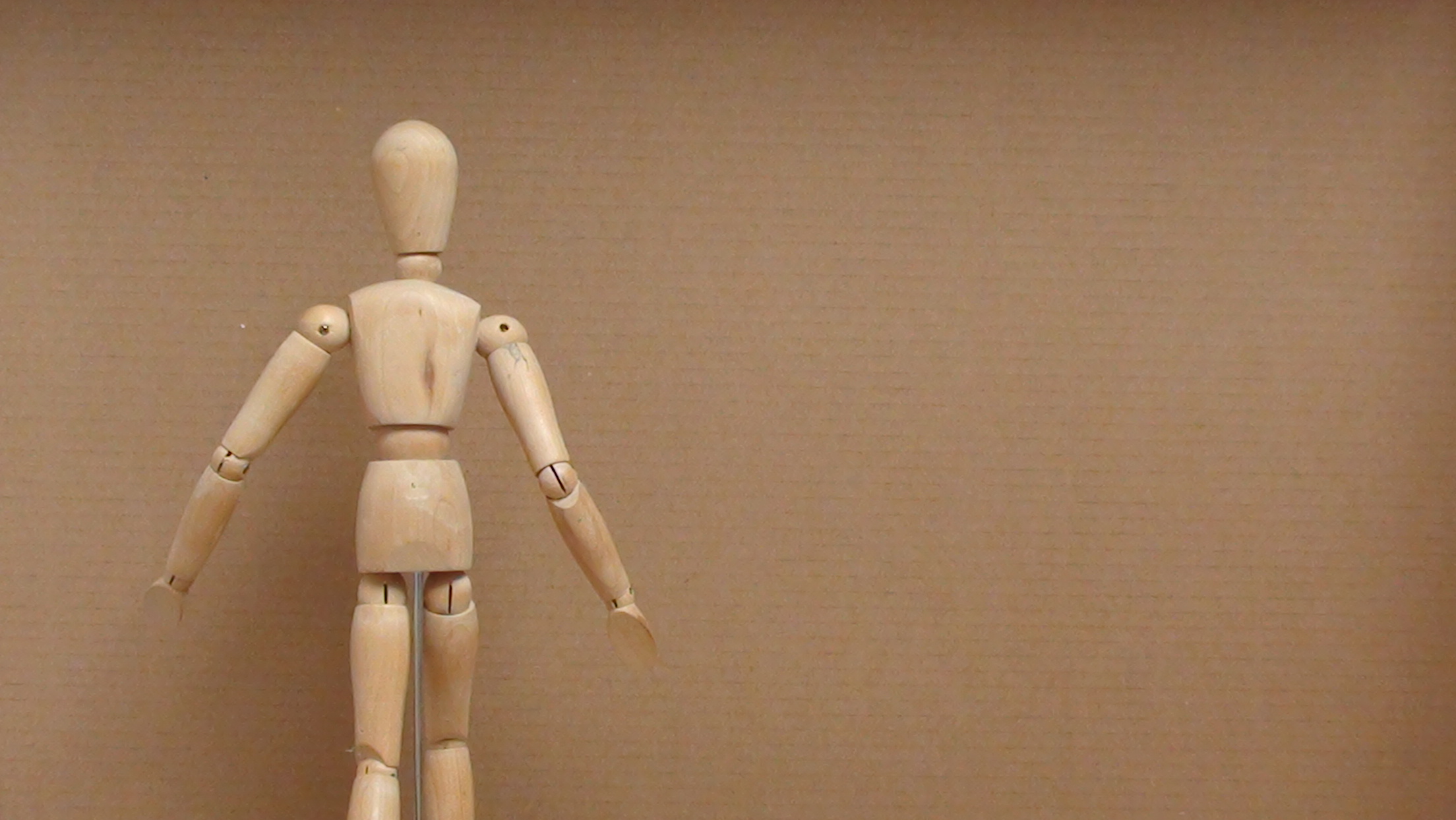
DEPARTING
A subject deliberately facing away from the viewer need not necessarily mean that the scene will seem hostile and closed. Depending on the context, it may give the viewer the feeling that the subject is actively leading them somewhere.
SUBJECT'S MOTION
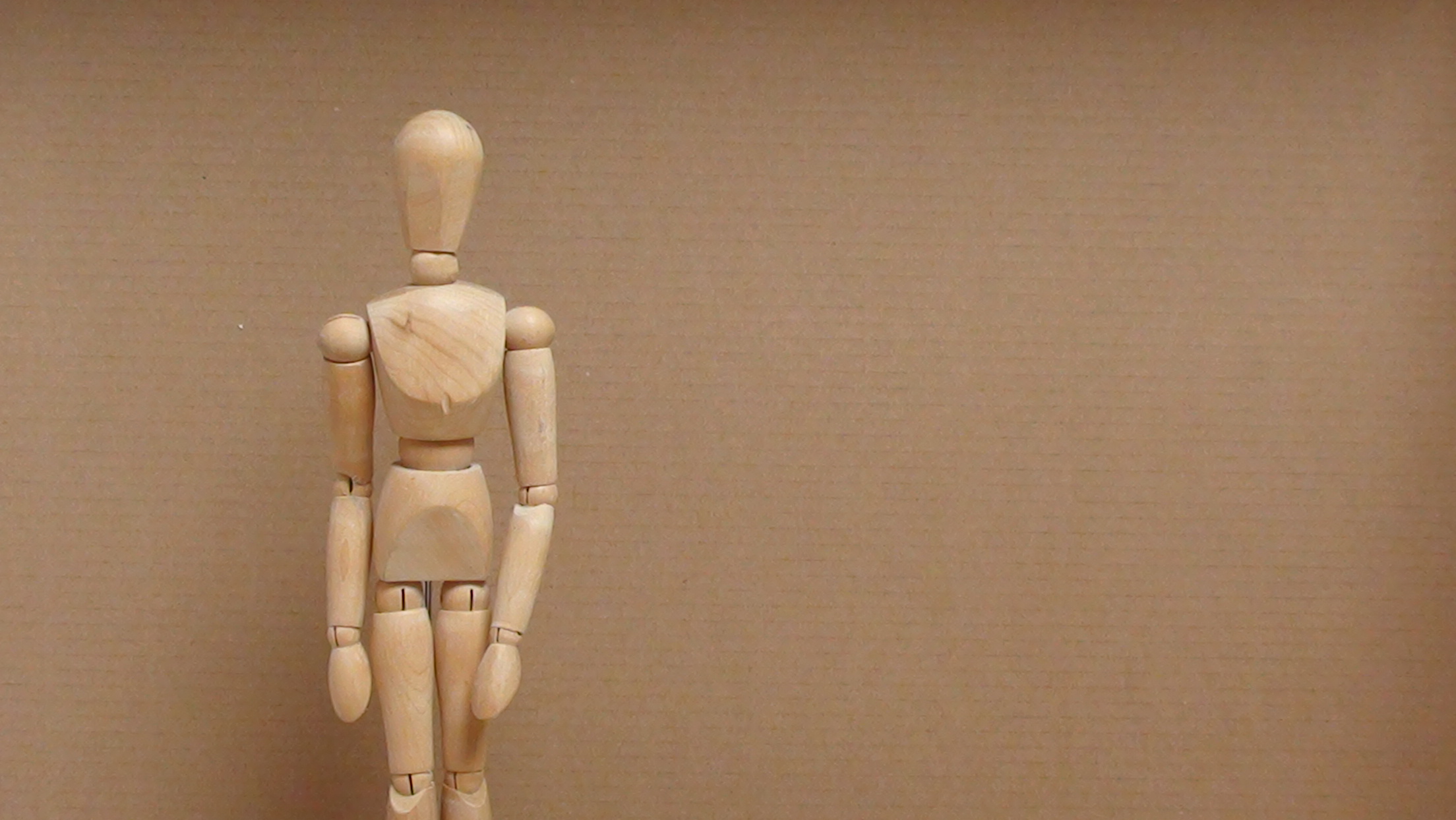
STATIONARY
A stationary subject shows a very static scene. There is the feeling that the subject is resting or paused for some reason. Clues within the context of the shot might add reasons for this.
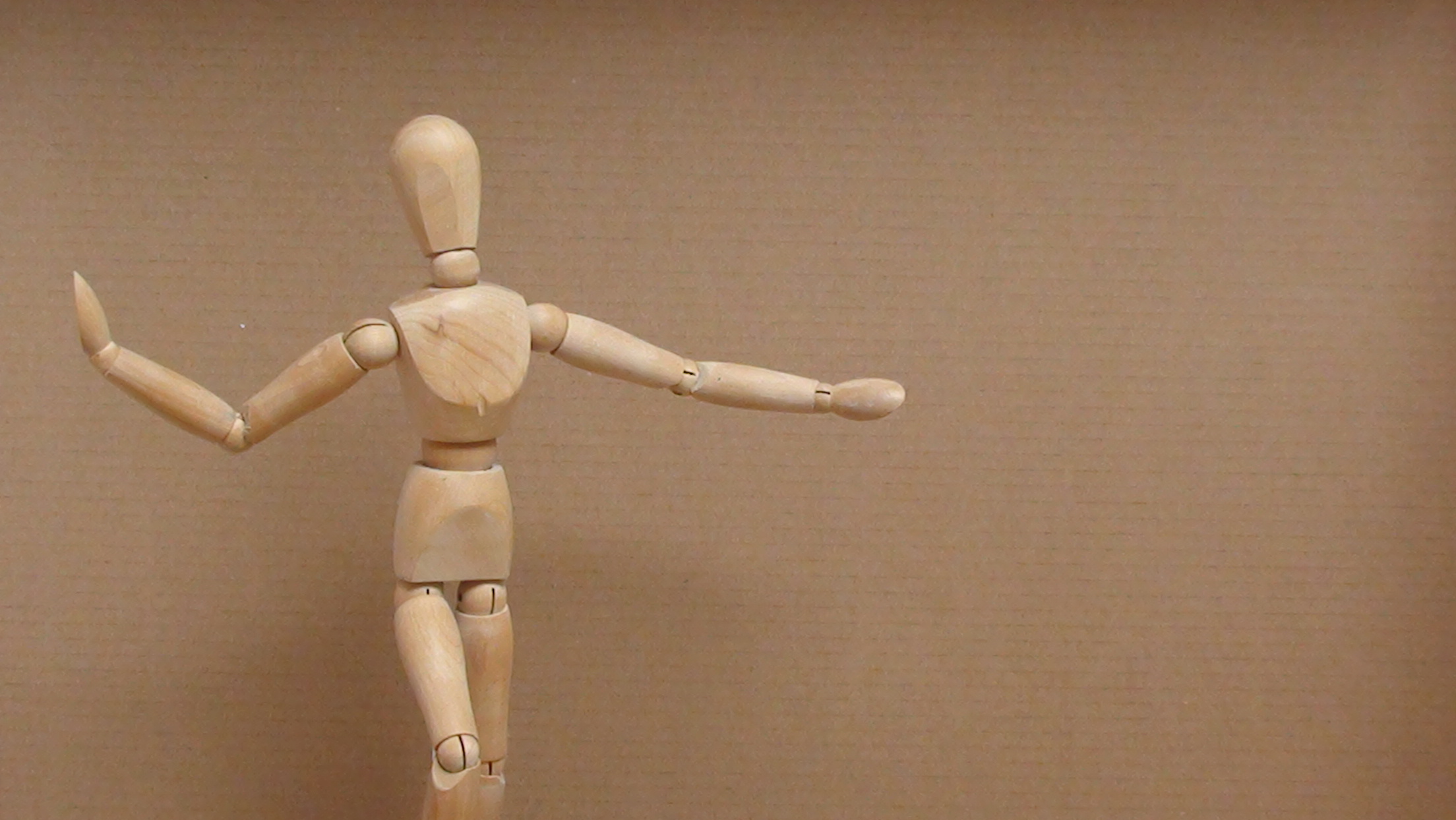
KINETIC
A subject in motion leaves us with no doubt of their intentions. Whether moving into shot or exiting, we can clearly see where they are and where they are intending to go.
SUBJECT'S RESPONSE TO VIEWER
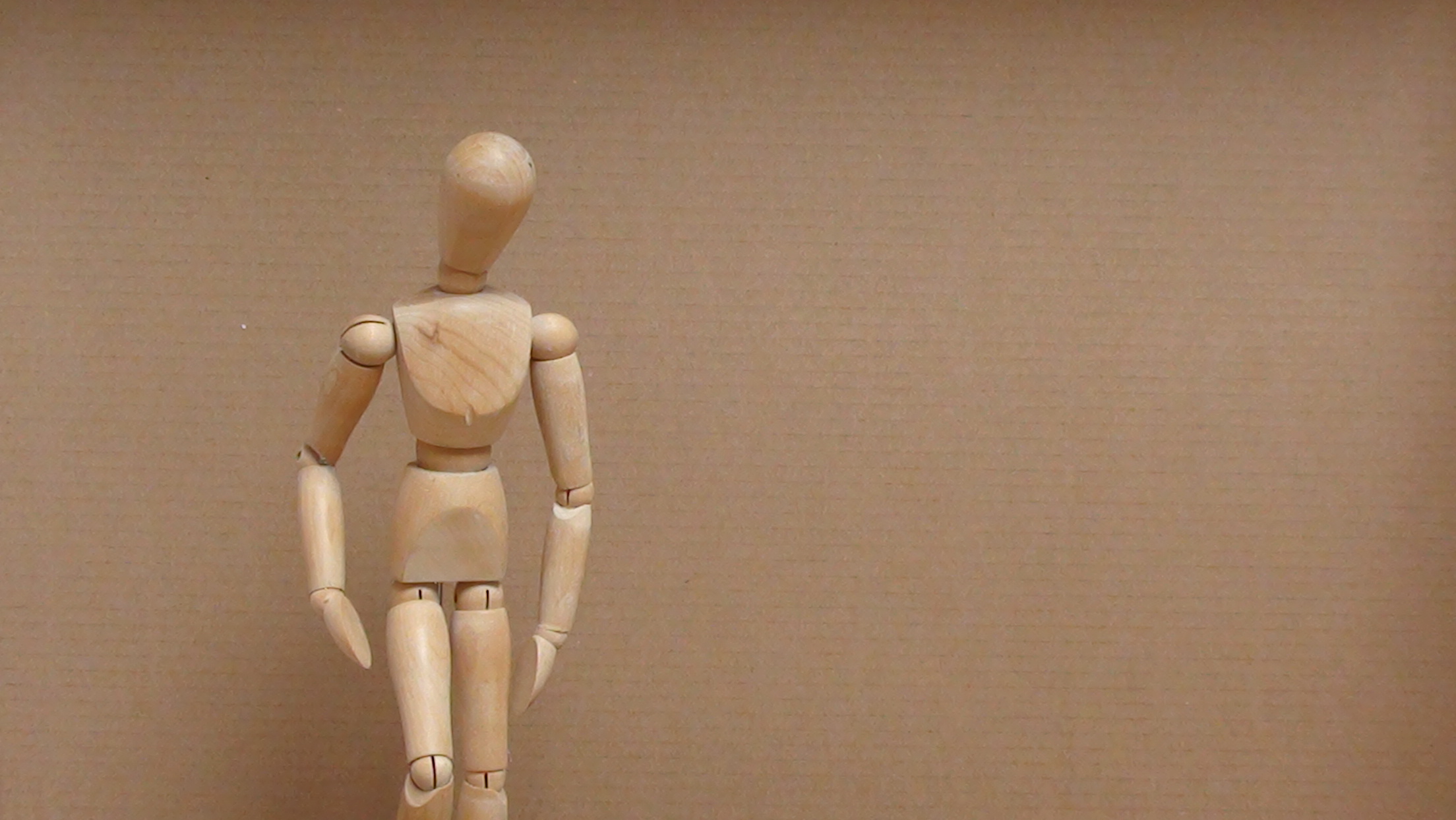
PASSIVE
Wherever a subject might be positioned, their gaze is crucial to the shot. Even if the subject is facing the viewer and moving towards them, unless the eyes are making contact with the viewer then the result will be a passive shot.

ACTIVE
Eye contact within art is an extremely powerful element that can completely alter any shot. When Manet painted his ‘Olympia’ it caused uproar due to the fact that the woman was making eye contact.
Although other nudes in art before this had engaged the viewers gaze, these had all been historical and mystical figures.
All other nudes had historically averted their look, oblivious to the voyeurisitc gaze of the viewer. Here in Manet’s piece was a real woman (visual clues within the piece indicated a prostitute) who was making eye contact with the viewer without seeming concerned at all.
Art critics at the time stated that Manet had crossed the boundary that separates artistic nude from naked body.
Eye contact between the subject and the viewer places the viewer right into the scene as an active participant.
Much of what has been discussed this far is all relatively straight forward and self explanatory. It is when all four elements come together that the narrative takes shape. When taking your own photographs or studying other people’s work, think of the narrative being presented.
Here, as an example, is a series of images showing a female on a beach with an analysis of the potential narratives being presented.
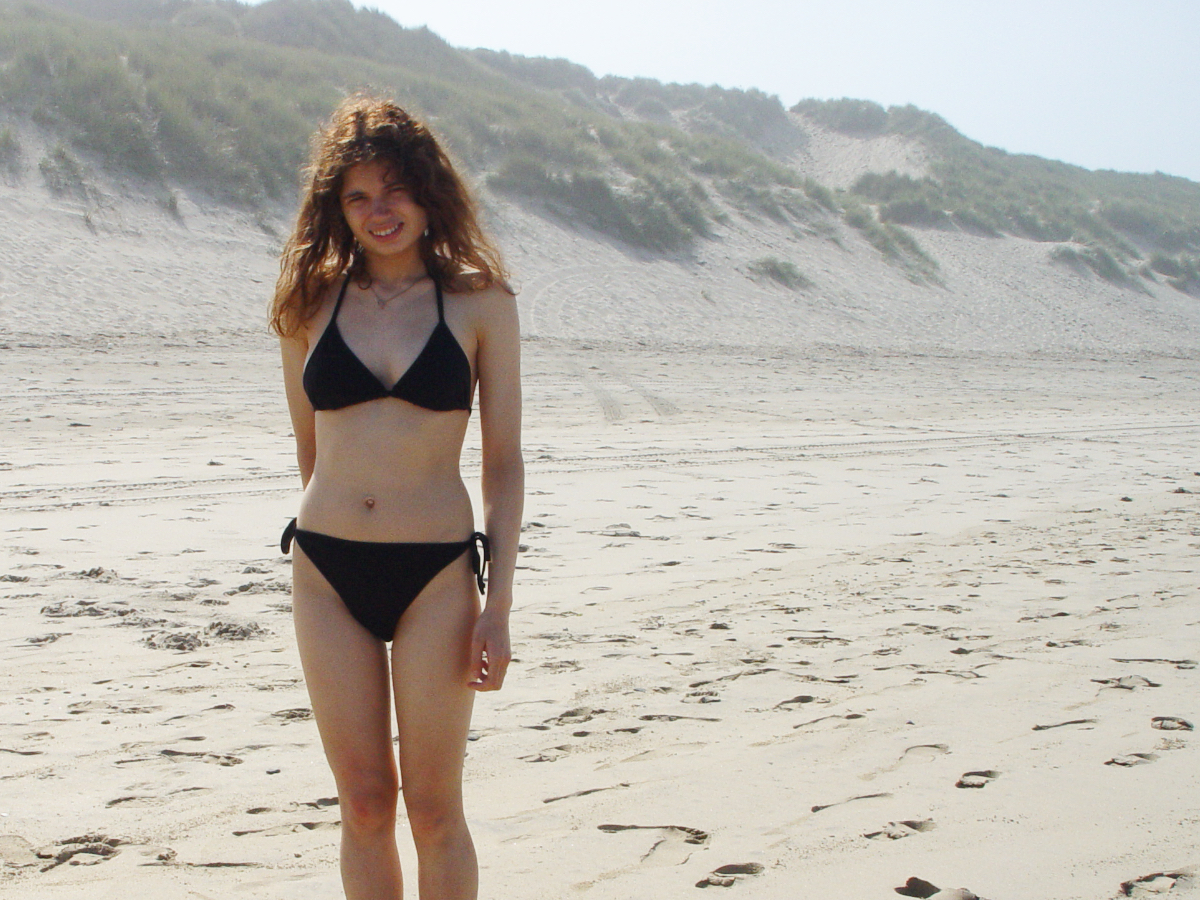
|
to scene:
|
STAYING
|
|
|
to viewer:
|
APPROACHING | |
|
motion:
|
STATIC
|
|
| response: |
ACTIVE
|
Probably the most standard and generic shot of all the possible combinations.
Due to the lack of any movement or direction, the result is a tableau-esque scene. There is little narrative to extract from this type of shot other than the physical presentation of the subject themselves.
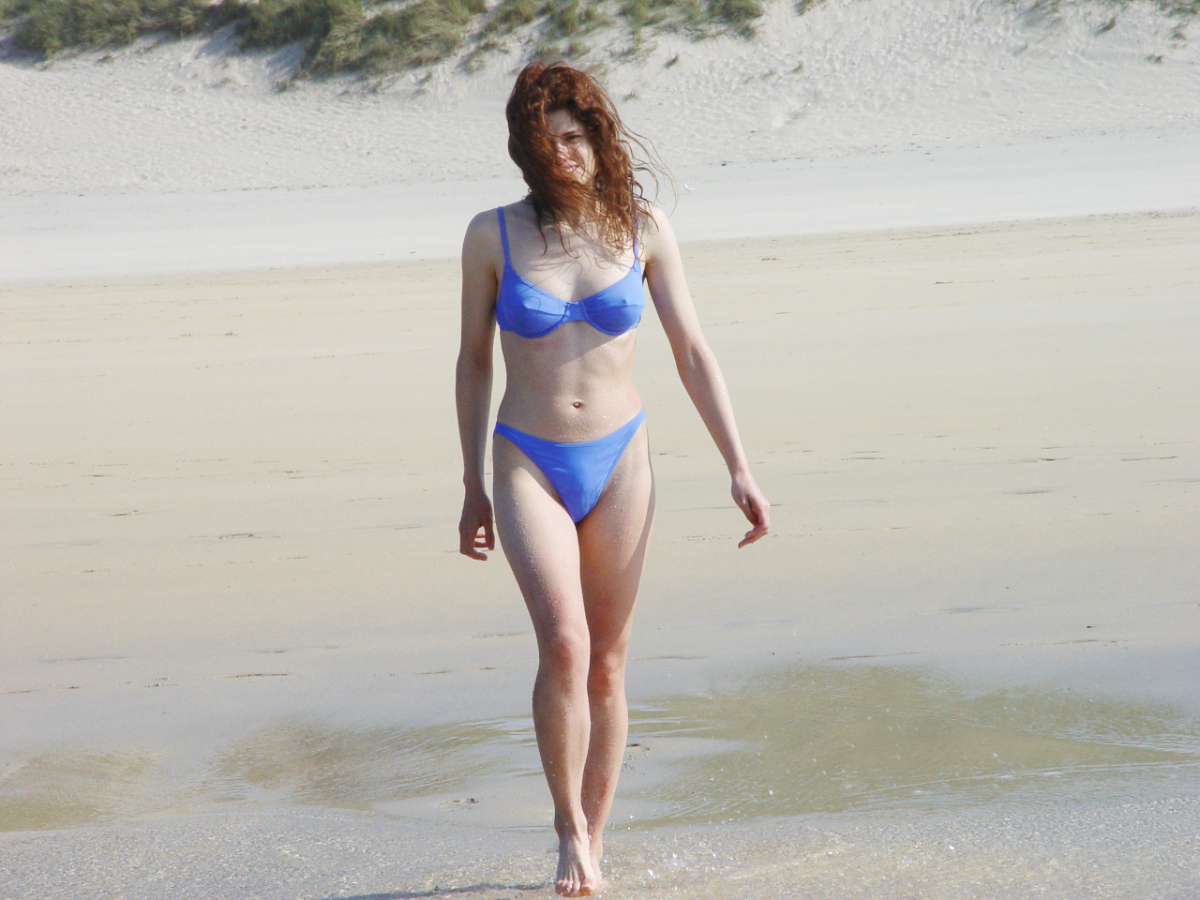
|
to scene:
|
STAYING
|
|
|
to viewer:
|
APPROACHING | |
|
motion:
|
KINETIC
|
|
| response: |
ACTIVE
|
This shot has almost the same breakdown as the above except for the addition of movement.
Now we have the suggestion of a meeting. This is no longer just a static shot of a female on the beach; the subject is approaching the viewer.
One thing we certainly have to take into account in this narrative is the speed of the suggested movement. The slow pace could almost be cautious. This scene could either be a relaxed greeting or maybe the exchanged glance of a passerby.
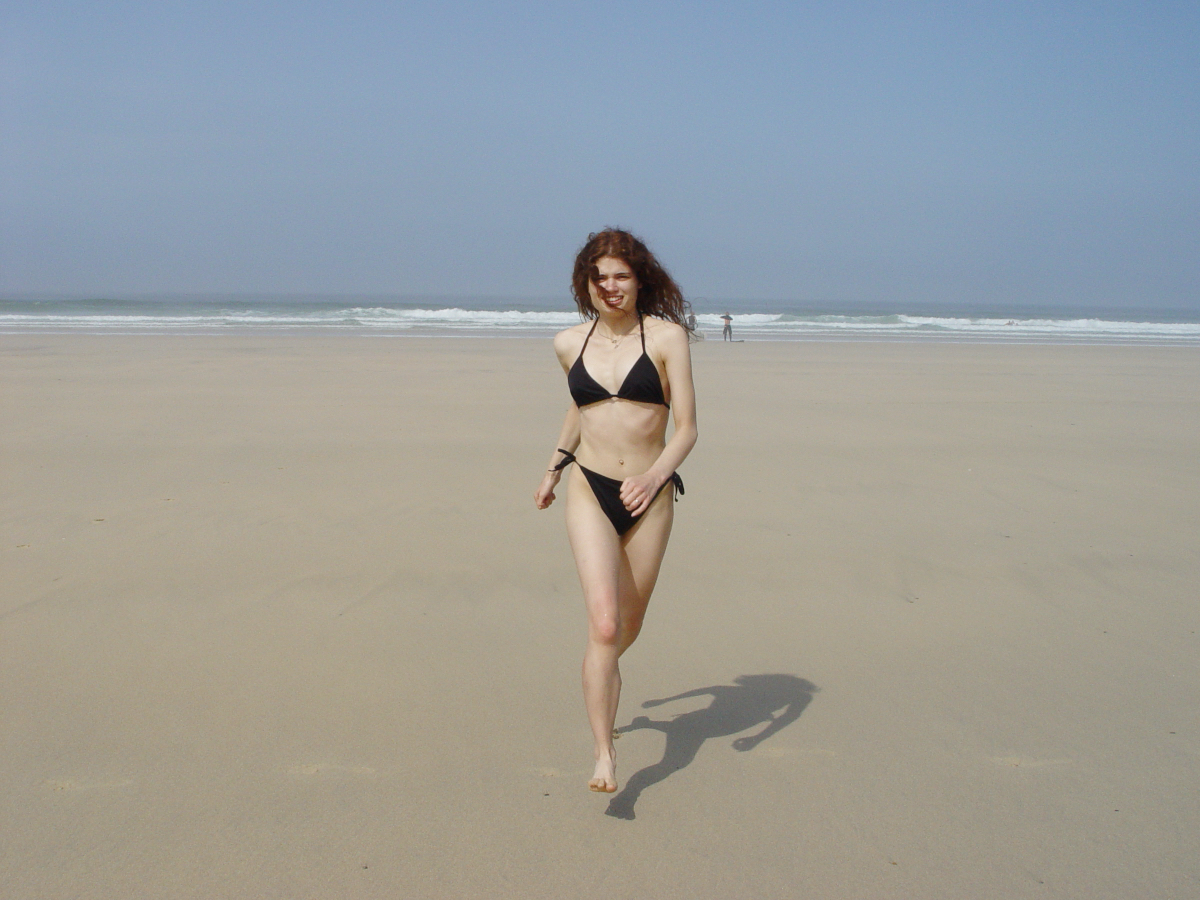
|
to scene:
|
STAYING
|
|
|
to viewer:
|
APPROACHING | |
|
motion:
|
KINETIC
|
|
| response: |
ACTIVE
|
Same Staying-Approaching-Kinetic-Active set up as above yet with a definite increase in the speed of movement.
This acceleration places this shot unambiguously into the greeting category. If the angle was altered a fraction to place the female on a trajectory that passed to the side of the viewer then this could simply be a female running on the beach. But the head-on nature of this shot places the viewer right into the path of the female running.
The active focus of the gaze adds to the happy, playful look of this scene.
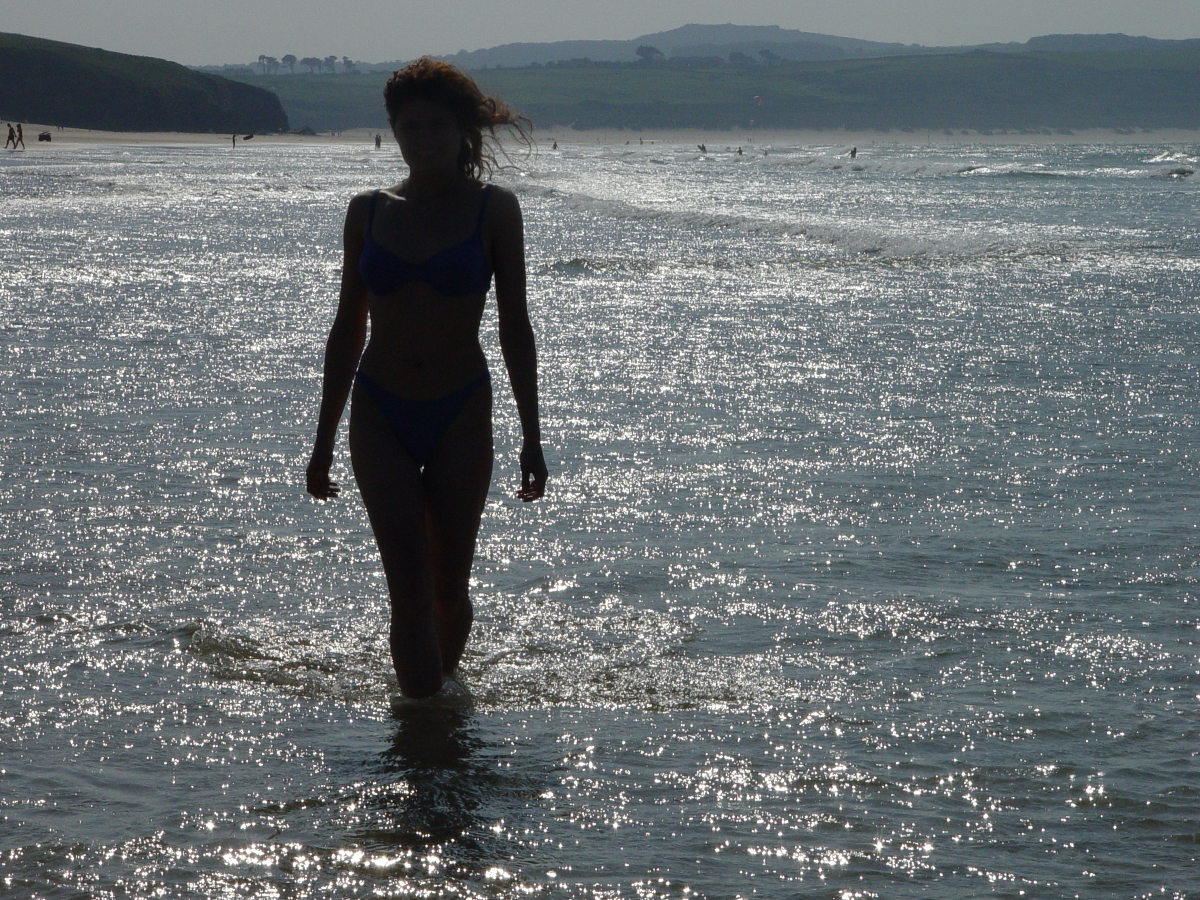
|
to scene:
|
STAYING
|
|
|
to viewer:
|
APPROACHING | |
|
motion:
|
STATIC
|
|
| response: |
PASSIVE
|
The set-up combination here matches the first shot other than the fact that we have a passive rather than active gaze.
However, the nature of the gaze here is not clear and is passive only due to the fact that the figure is silhouetted and so where their eyes are looking is unknown. This opens up the possibility that the passive nature of the gaze is only one way and that maybe the subject is looking at the viewer.
Photography usually involves an active gaze where eye contact is made with the subject or a passive response where the viewer is looking at the subject and yet the subject seems oblivious to the viewer.
To have the possibility of the subject gazing upon the viewer without the viewer being completely aware of this fact reverses the norm and seems to empower the subject.
The seemingly mystical quality to this image is further enhanced by the lack of any movement or suggested direction. It is almost as if the female figure has arisen straight out of the sea.
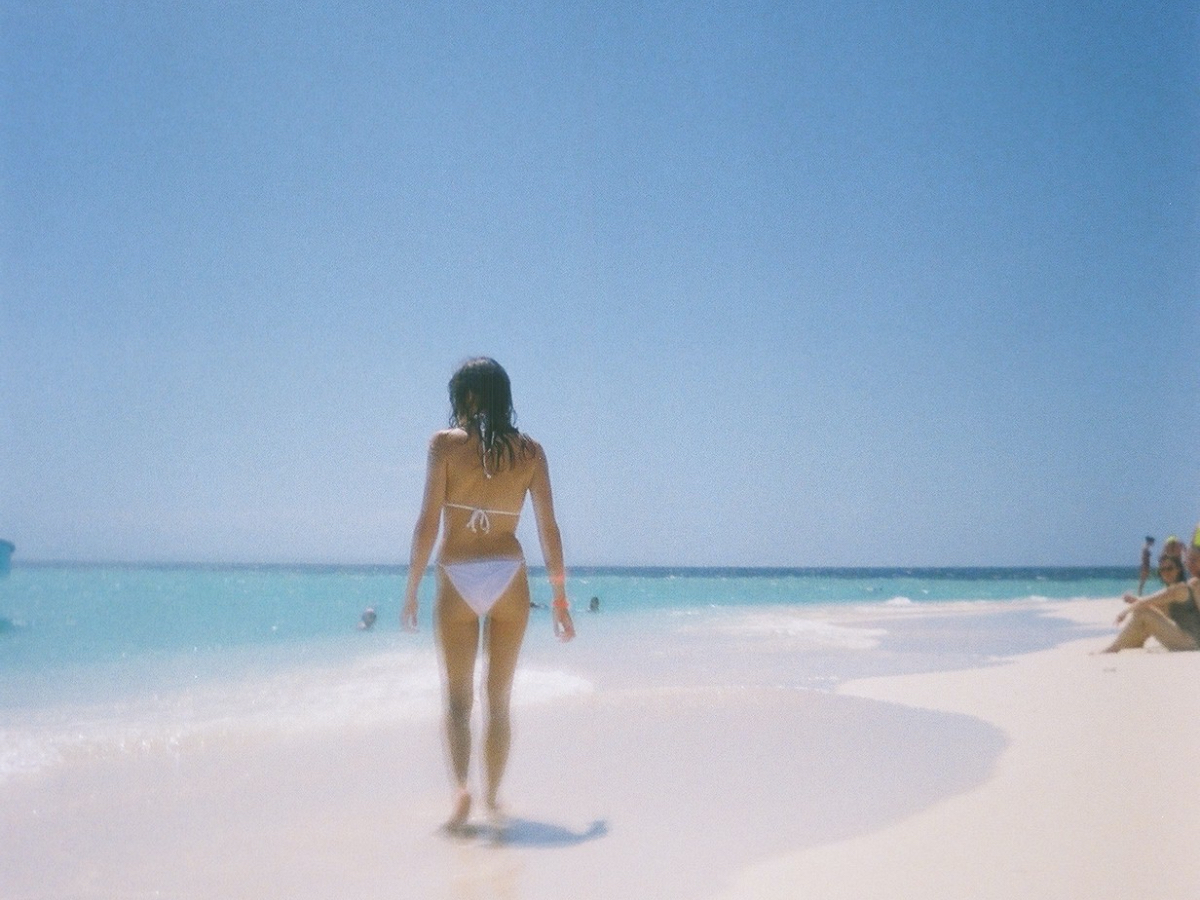
|
to scene:
|
STAYING
|
|
|
to viewer:
|
DEPARTING | |
|
motion:
|
KINETIC
|
|
| response: |
PASSIVE
|
This solemn shot is all about reflective solitude. There is no active response here, as we are not party to the thoughts within the female’s head. We are merely distant onlookers.
The fact the subject is departing from us connotes that the inner thoughts of the subject are out of our reach and growing more distant as time passes.
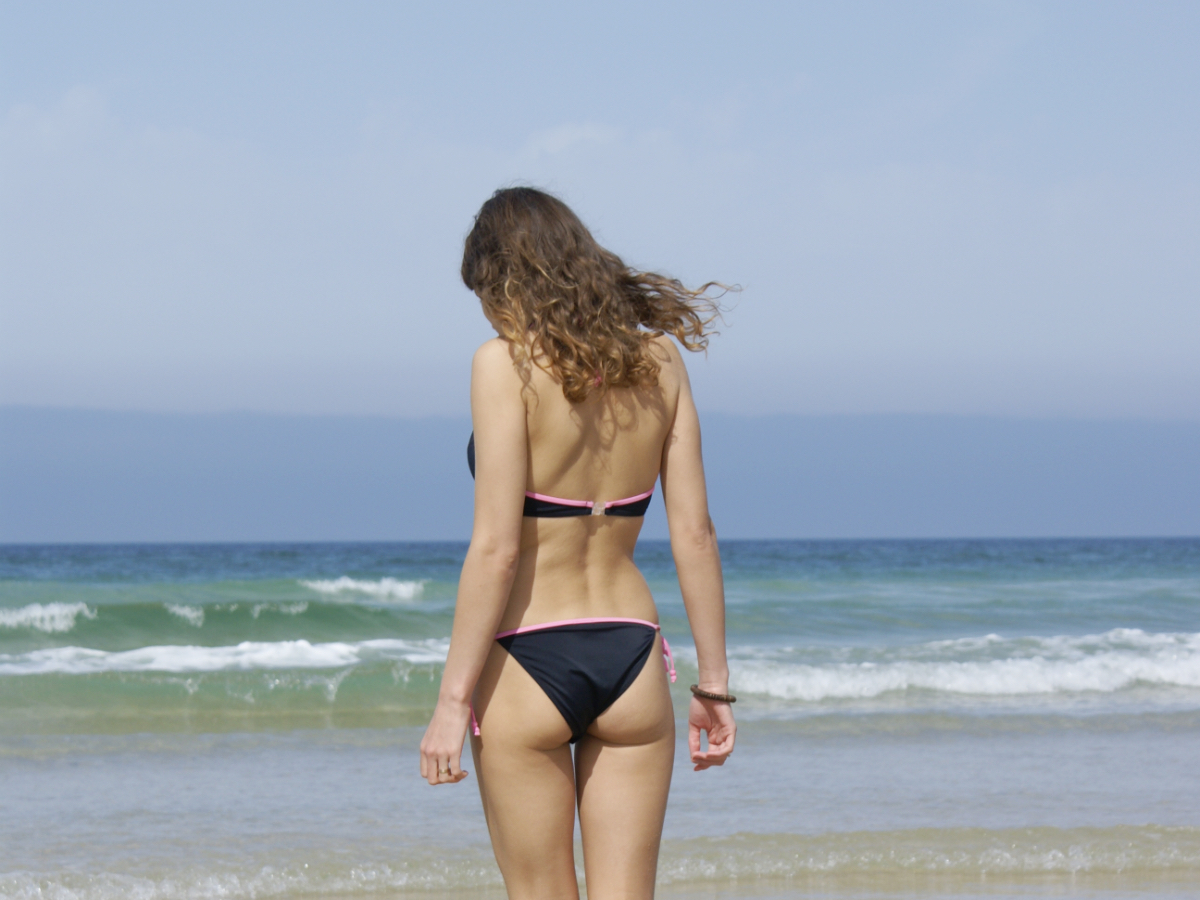
|
to scene:
|
EXITING
|
|
|
to viewer:
|
DEPARTING | |
|
motion:
|
STATIC
|
|
| response: |
PASSIVE
|
Here we have repeated the set up from above except that the motion of the subject is static. Here there is the suggestion that the inner thoughts of the subject have brought them to a halt.
However, as the subject is departing from us, there is no chance of the viewer second-guessing what the subject might be thinking. Their expression is closed off to us.
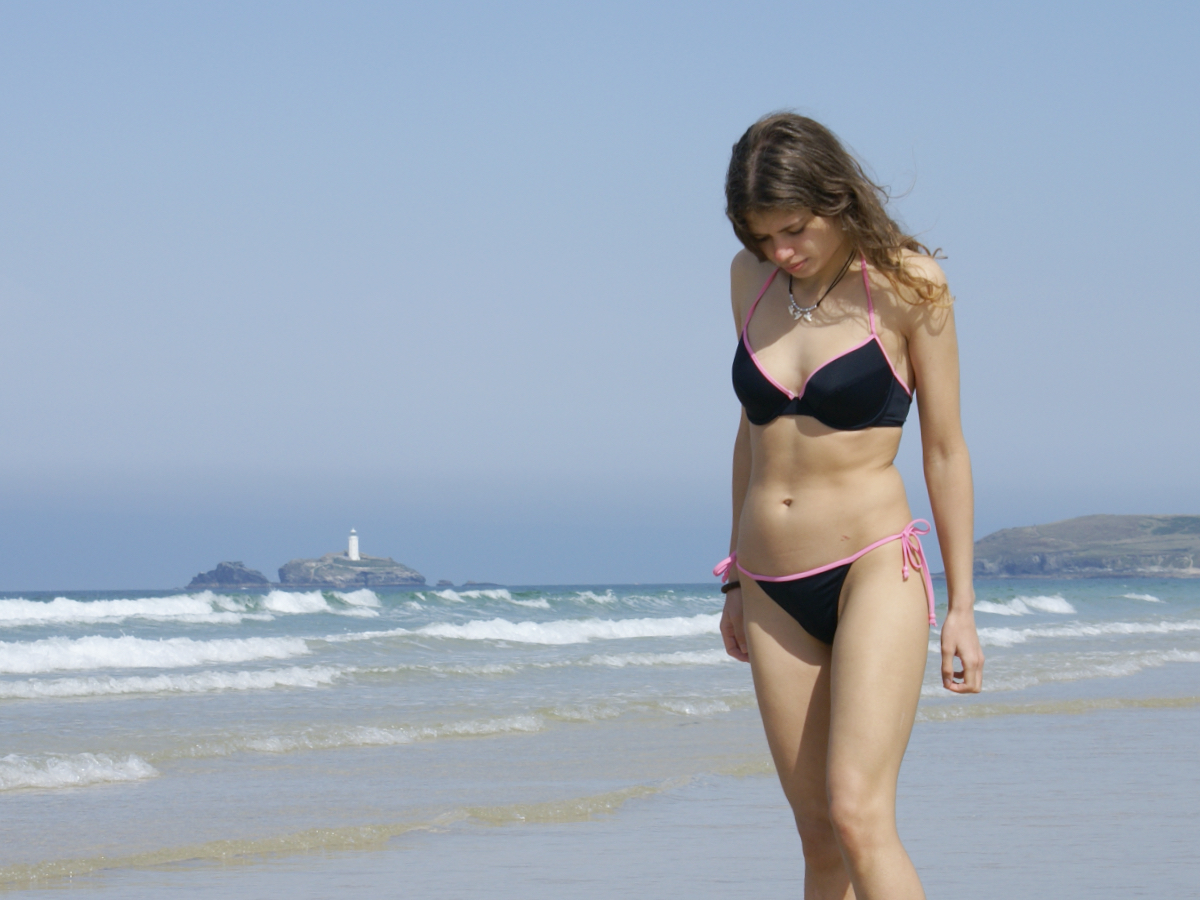
|
to scene:
|
ENTERING
|
|
|
to viewer:
|
PARALLEL | |
|
motion:
|
STATIC
|
|
| response: |
PASSIVE
|
With the subject’s gaze moved around into view, there is still no current engagement, but a potential narrative is much clearer and less closed off than the previous ‘departing’ image.
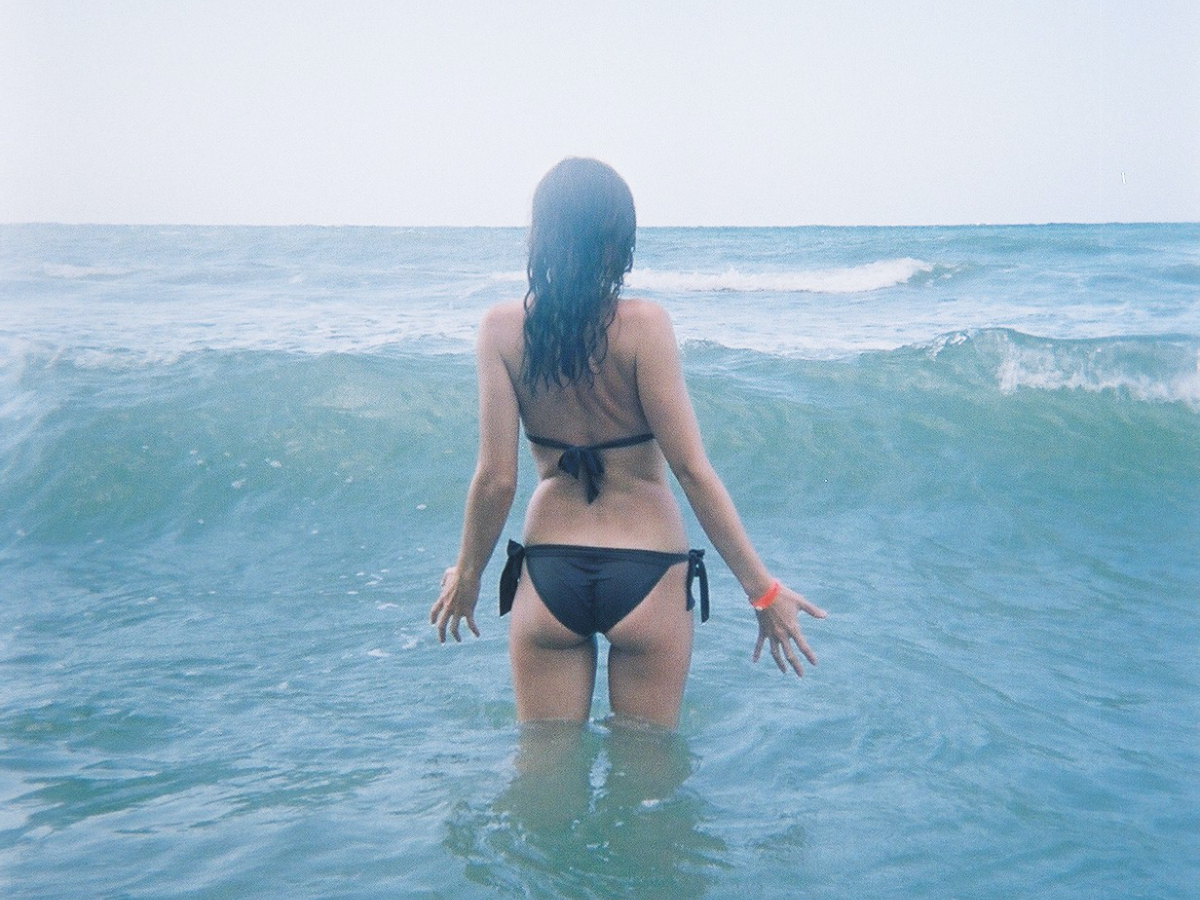
|
to scene:
|
STAYING
|
|
|
to viewer:
|
DEPARTING | |
|
motion:
|
STATIC
|
|
| response: |
PASSIVE
|
It is important to take into consideration that the scene itself is not always passive. There will often be other players on the stage who might be interacting with the subject.
Here, the scene itself is active and engaging with the subject. There is no ambiguity to the narrative. With a calm sea, this could have been a reflective ‘looking out to sea’ image, but the imminent wave turns this into a more playful scene.
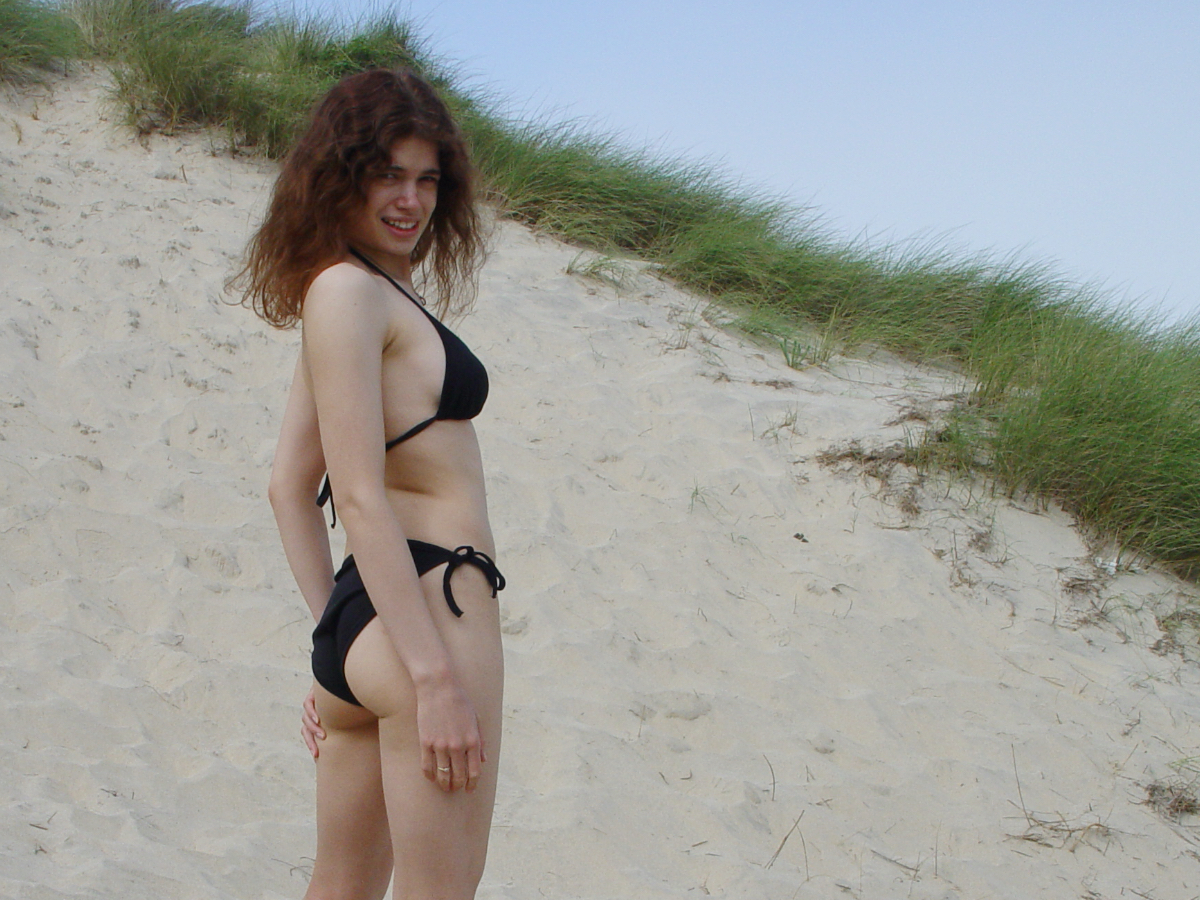
|
to scene:
|
ENTERING
|
|
|
to viewer:
|
PARALLEL | |
|
motion:
|
STATIC
|
|
| response: |
ACTIVE
|
The subject here is entering and looks as if they have stopped and then turned to look at the viewer.
Is there a connection in this shot between the subject and viewer or has this female merely wandered in from the side and turned to acknowledge our presence?
Any pose that involves a subject that is not facing the viewer and yet still making eye contact naturally carries with it the connotation that the viewer of the image has interrupted the scene within the photograph and altered the event on display.
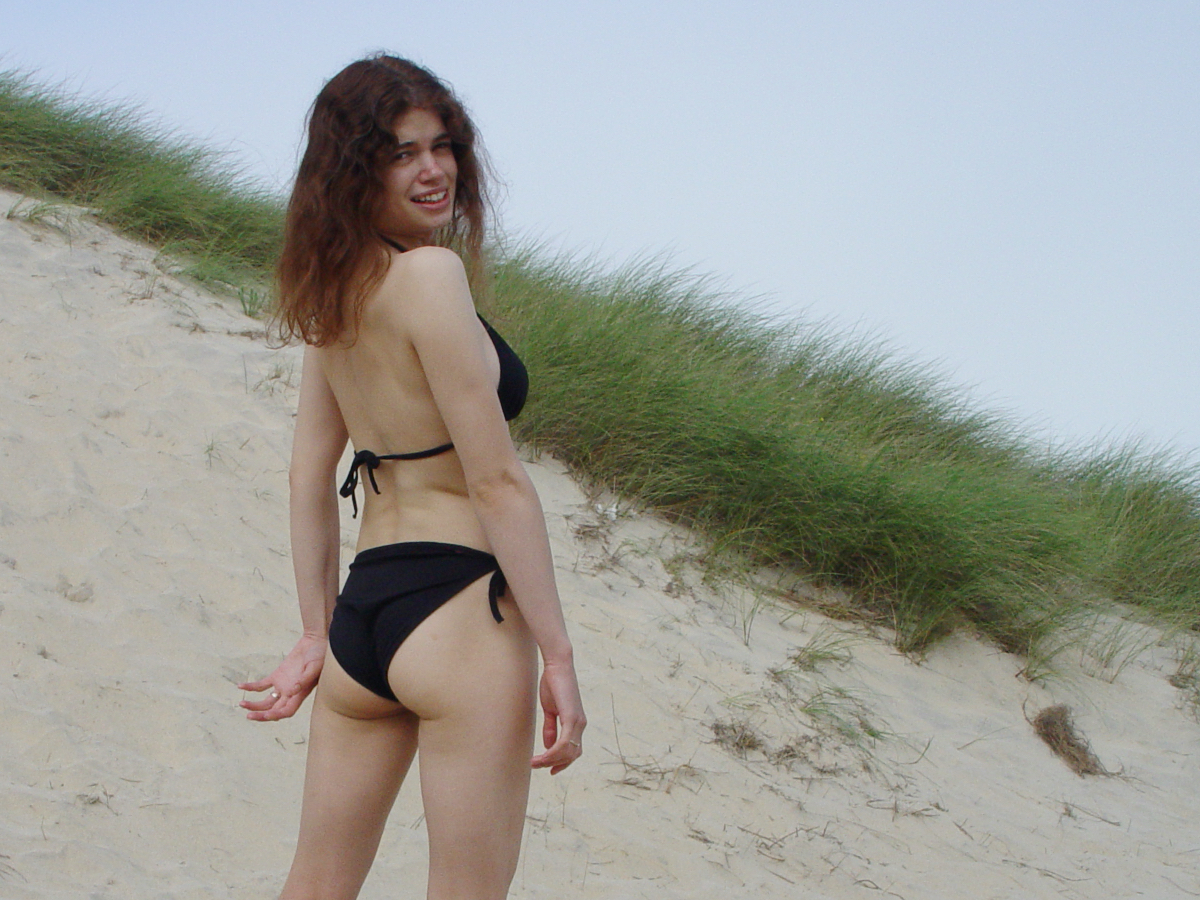
|
to scene:
|
ENTERING
|
|
|
to viewer:
|
DEPARTING | |
|
motion:
|
STATIC
|
|
| response: |
ACTIVE
|
There’s always a twist at the end and this one makes all the difference. This image is almost a repetition of the previous scene, but we have rotated the subject very slightly to achieve a departing shot rather than a parallel view.
This over-the-shoulder look is one of the most engaging pose/gaze combinations achievable. The fact that the subject is orientated away from the viewer and yet deliberately turning right round to make eye contact places the viewer right into the shot in a very active way.
Where as there was the possibility of the viewer being incidental in the previous parallel image, merely glanced at sideways, here we are standing behind the subject and are aligned in the same direction.
Obviously if the expression was one of discomfort and there was rapid movement within the image then a ‘following behind’ image can take on a rather sinister narrative.
However, the calm stationary stance in this image shows we are a welcome presence. The extreme twist to make eye contact suggests the subject is turning to seek some form of reassurance, that the viewer is still close behind or for an indication of where to go next.